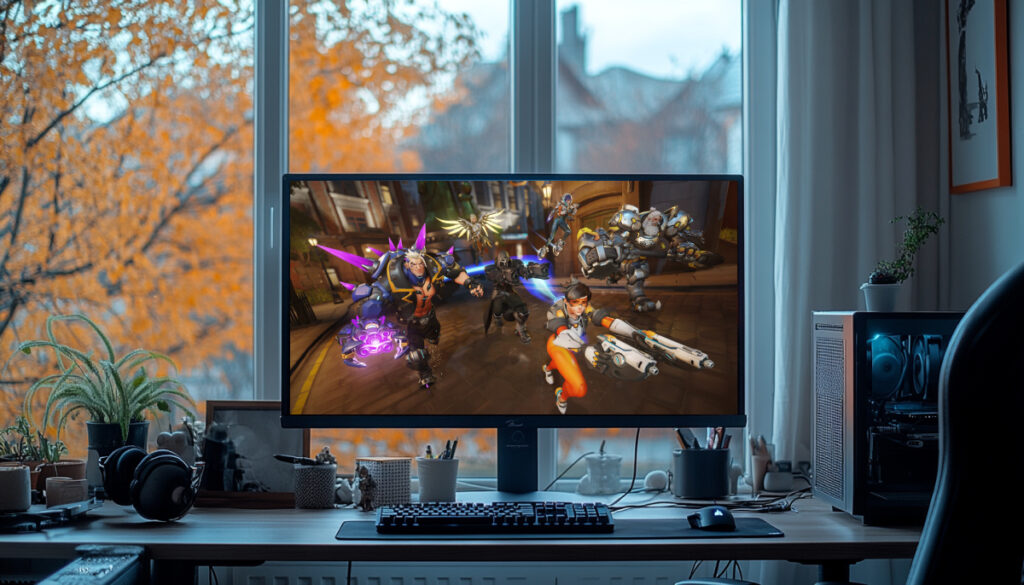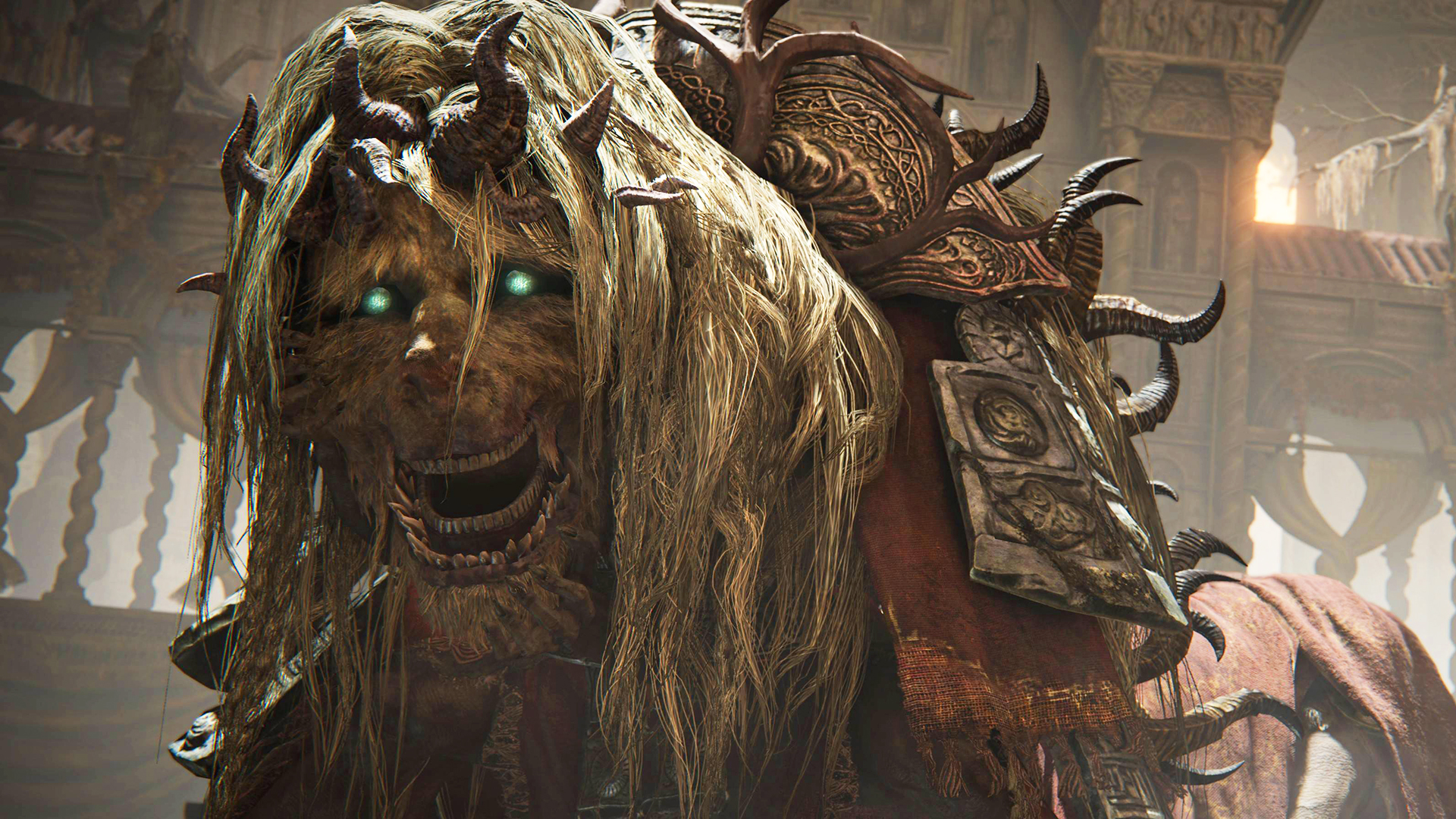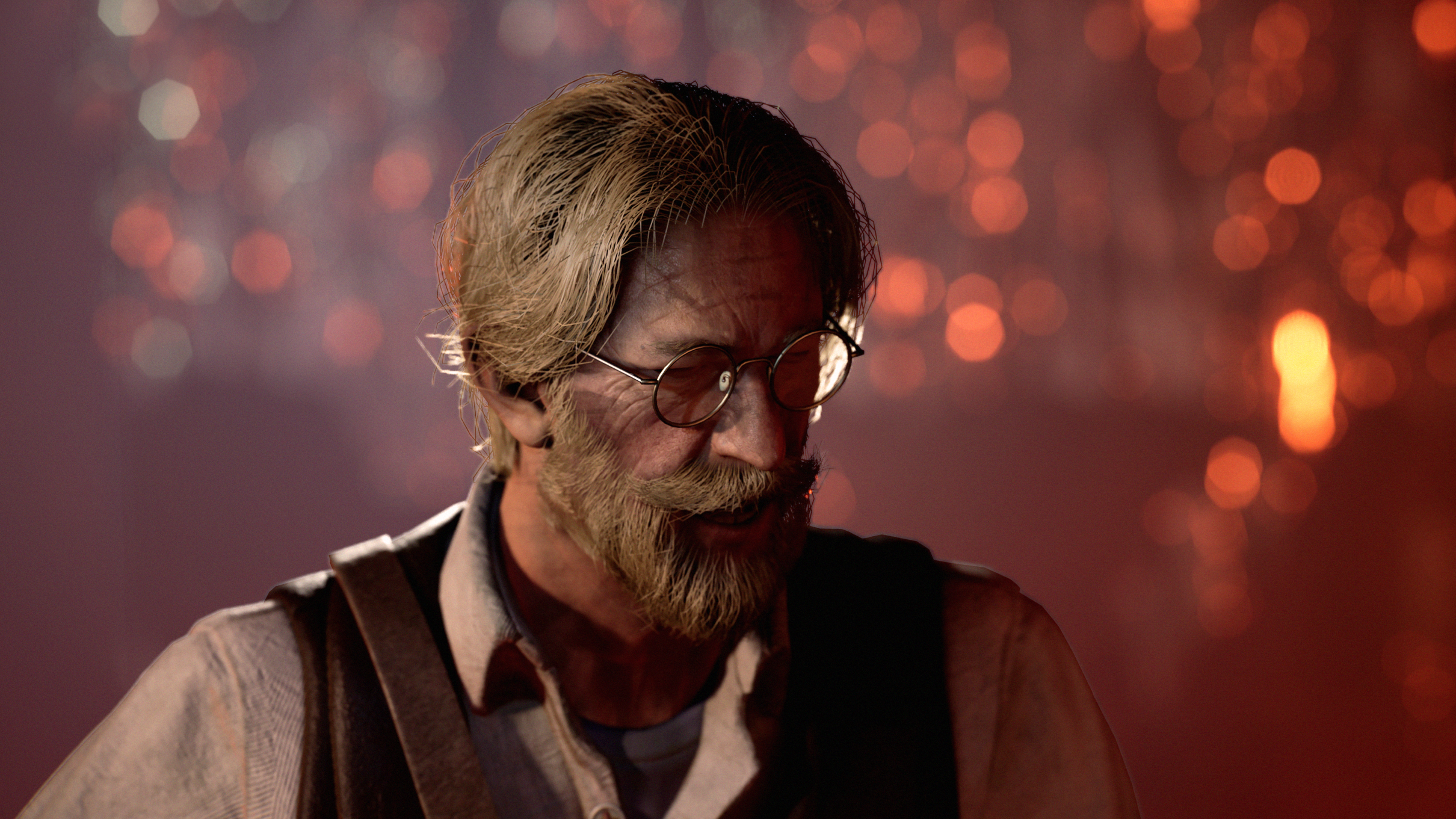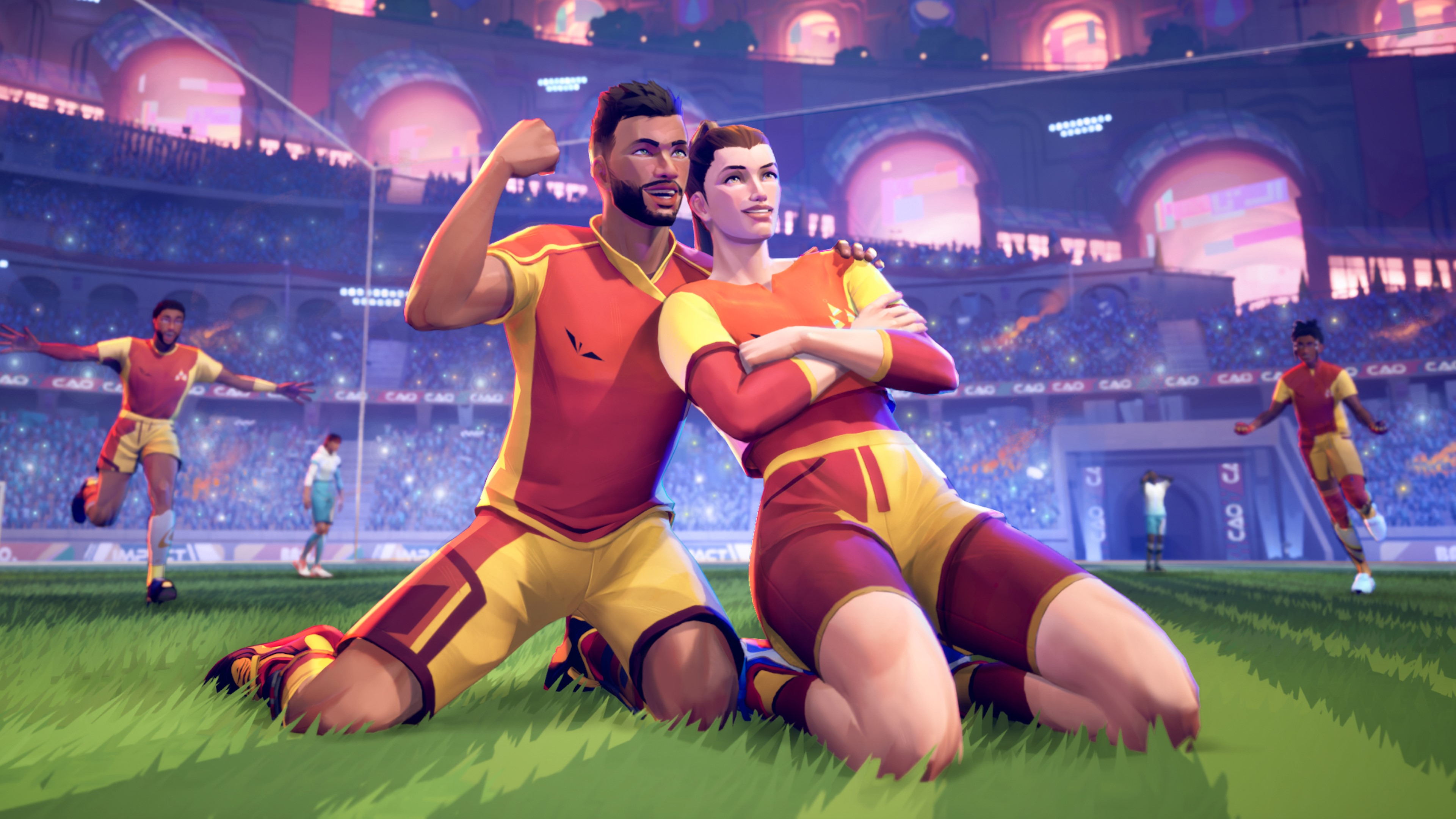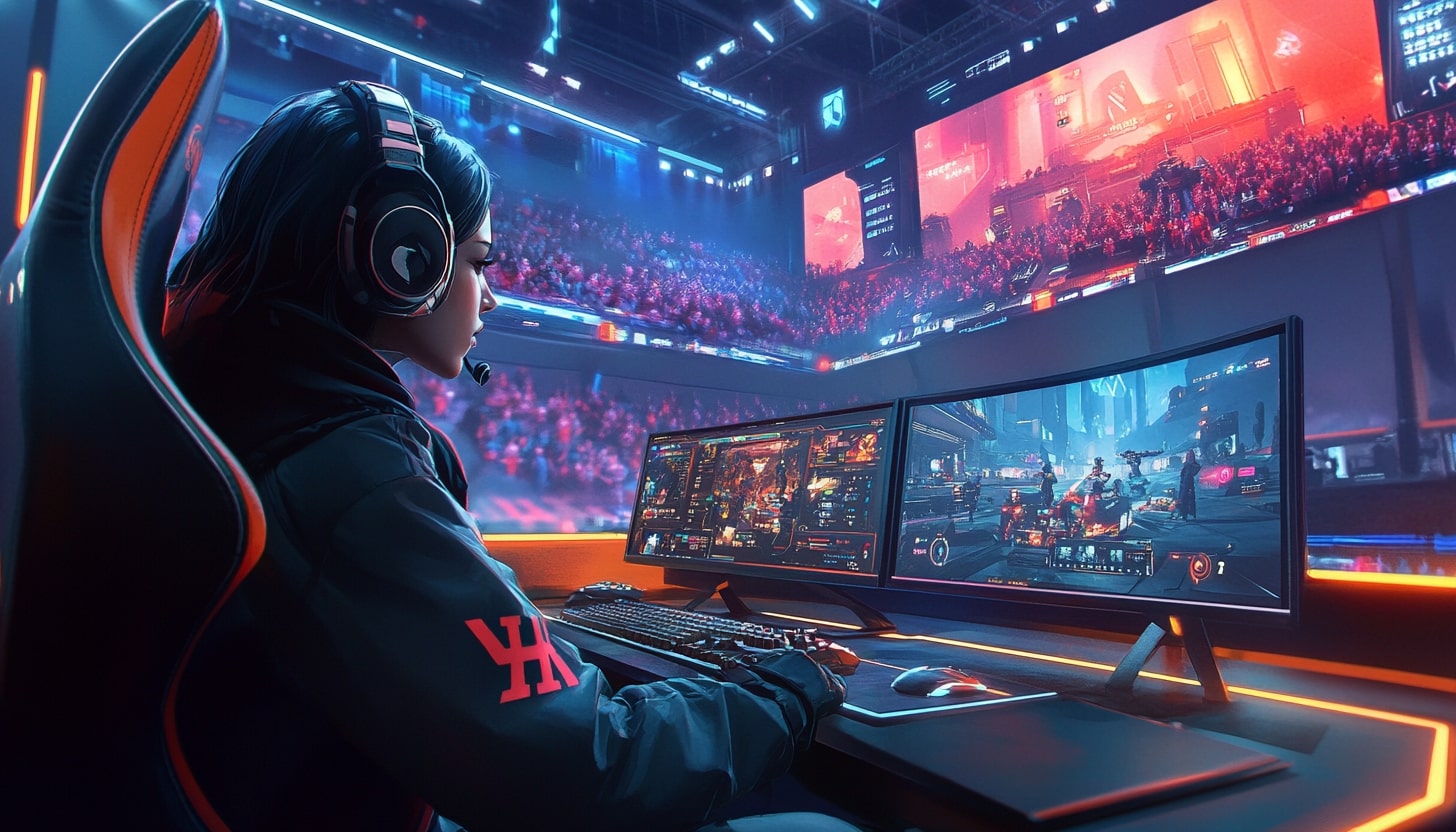
5 Discontinued esports we desperately need back in 2025

Every competitive game wants to be the next tier-one esport. The ones that will fill stadiums, draw millions of viewers, and inspire a new generation of players. Yet, for every League of Legends or CS: GO, there are countless others that fall short. These forgotten esports often fade due to poor developer support, loss of interest, and failure to recoup financial costs.
The esports bubble has popped, leading to more professional organizations scaling back on their investments. Budget cuts, layoffs, and league closures have become increasingly common, leaving many games without the infrastructure to sustain a competitive scene.
However, this shift has also created an opportunity for smaller, community-driven esports to rise. Games with resilient player bases and grassroots support have the potential to bring back previously discontinued esports.
TL;DR
- Discontinued esports like GunZ and TF2 survive thanks to loyal grassroots communities, not developer support.
- Legends of Runeterra had solid mechanics and viewership, but Riot pulled support due to poor monetization.
- A promising arena brawler lost momentum after chasing the battle royale trend with Battlerite Royale.
- Despite official esports ending in 2022, community-run events keep Gears 5’s competitive spirit alive.
- Valve’s abandonment and source code release may empower the community to revive Team Fortress 2 esports.
What makes an esport worth reviving?
Not every game is cut out for esports success. In fact, not every game should be an esport. However, most developers don’t seem to care and they’ll invest millions of dollars to force their game to be the next tier-one esport. Yet, they’ll be the first ones to abandon it when it doesn’t make the profit they envisioned.
Forgotten esports could survive on their own if the competitive community is strong enough and the player base supports them. Just look at the success of games like Smash Bros Melee, Counter-Strike 1.6, and Starcraft: Brood War. There are a few factors on why these esports hold on and its the same factors that forgotten titles need to stage a comeback.
First, an active player base is crucial – esports thrive on community engagement and viewership. Games with loyal fans, even if niche, have a solid foundation for a competitive scene. Second, developer or publisher support is essential. Without updates, balance patches, and organized tournaments, even the best games can’t sustain an esports ecosystem.
Sustainable monetization is another key factor. Esports need revenue streams like sponsorships, in-game purchases, or media rights to fund tournaments and attract top talent. Finally, unique gameplay that stands out in a crowded market can reignite interest. Games that offer something different have a better chance of carving out a niche in the competitive scene.
With these factors in mind, let’s dive into five discontinued esports that deserve a comeback in 2025.
Discontinued esports we need back in 2025
Legends of Runeterra
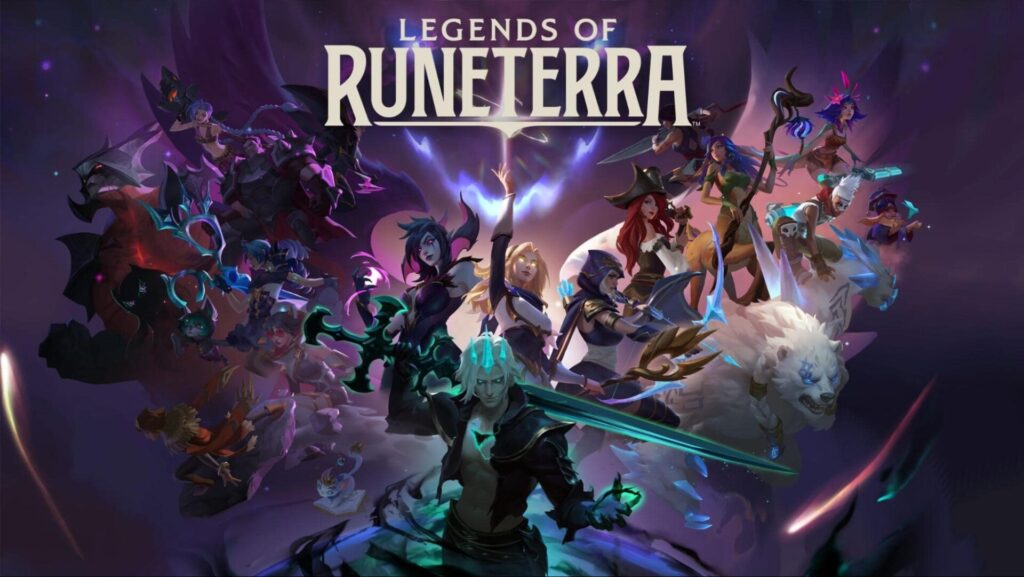
- Release date: 2020
- Competitive scene: Regular seasonal tournaments and a world championship
- Notable events: The Legends of Runeterra World Championship
When Legends of Runeterra (LoR) debuted in 2020, it felt like a breath of fresh air in the digital card game scene. Built on the beloved League of Legends universe, it introduced mechanics like spell mana and reactive gameplay. Players loved its generous free-to-play model, which allowed them to build competitive decks without spending a fortune.
The game’s competitive scene started strong with the Twitch Rivals 2020 $100,000 tournament. Riot launched the LoR World Championship in 2021, complete with a $200,000 prize pool. Seasonal tournaments and community events kept the scene alive for two glorious years.
Despite its polished gameplay, Riot Games wasn’t satisfied with LoR’s financial performance, calling out that they can’t maintain PVP in a way that’s realistically sustainable. The change feels sudden from the player’s perspective, especially after all the exciting announcements about the PVP’s future.
Riot ultimately killed its esports and competitive ladder by releasing the last card set, discontinuing the Runeterra Open tournament system, and removing ranked season rewards. Their decision to pivot to Path of Champions, a roguelite PvE mode, was the final nail in the coffin for LoR’s esports ambitions.
Legends of Runeterra was a game that dared to be different, but its generosity became its downfall. However, Riot needs to take one look at card games like Marvel Snap to see that innovation and player-first design can still thrive in the genre. The game’s clean, intuitive interface and dynamic card interactions made it a better spectacle compared to other digital card games. Adding new card sets and reviving its open qualifiers can revitalize the declining presence of card games in esports.
GunZ: The Duel
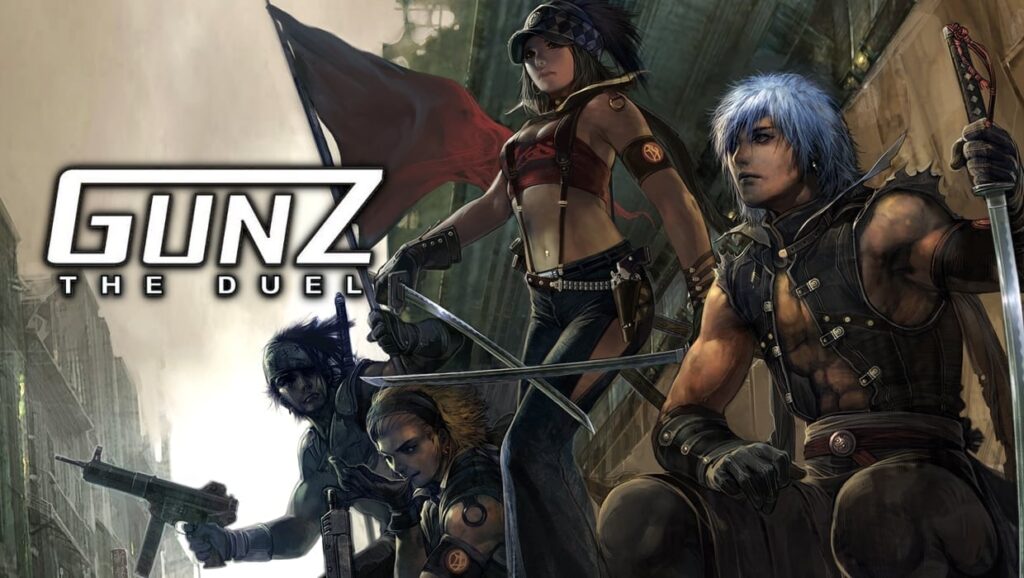
- Launch: 2003
- Competitive scene: Niche PvP tournaments with a focus on high-skill mechanics like k-style
- Notable events: Lan tournaments in South Korea
GunZ: The Duel, is a third-person shooter that blended fast-paced gunplay with acrobatic melee combat. It’s mesmerizing to watch skilled players pilot their characters, performing advanced, gravity-defying movements.
These mechanics, known as Korean style (k-style), were not intentionally designed by the developers but emerged from the community’s discovery of animation cancels and glitches. This accidental depth turned GunZ into a game with one of the highest skill ceilings in gaming history, and the fastest way to develop early-onset arthritis.
The competitive scene thrived on this complexity, with players forming clans and battling in Clan Wars, a mode that became the lifeblood of GunZ. Tournaments, both official and community-run, drew dedicated players from around the world, with South Korea leading the charge due to its early access to the game and thriving PC bang culture.
However, despite its passionate fanbase and unique gameplay, GunZ’s esports potential was never fully realized. Issues like pay-to-win mechanics, poor developer support, mismanagement, and a lack of anti-cheat measures ultimately led to its decline. Furthermore, GunZ’s skill ceiling made the game inaccessible for a casual audience.
The release of GunZ 2 in 2012, which abandoned the original’s beloved k-style mechanics, divided the community and failed to capture the magic of its predecessor. By the mid-2010s, the original GunZ was all but forgotten, its official servers sparsely populated.
Today, GunZ lives on through private servers, where a small but dedicated community keeps the game alive. Its legacy as a skill-based game remains unmatched, and with updated infrastructure and support, GunZ’s technical difficulty will catch the attention of modern gamers. With a potential Steam release on the horizon, GunZ could become a household esports name.
Battlerite
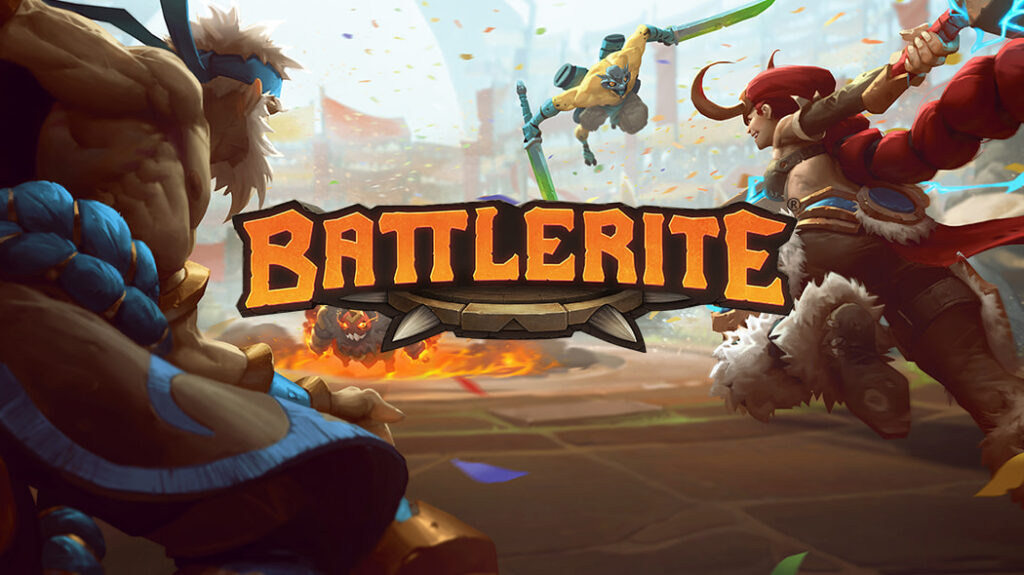
- Launch: 2016 (Early Access), 2017 (Full Release)
- Competitive scene: Arena brawler with a focus on skill-based combat
- Notable events: The Battlerite Pro League and community-run tournaments
Battlerite, Stunlock Studios’ fast-paced arena brawler, launched in 2016 with a bold promise: pure skill-based combat. Stripping away the grind and macro game of traditional MOBAs, it focused on 2v2 and 3v3 duels where reflexes and precision reigned supreme.
The game’s early days were electric. By 2017, it had a thriving esports scene, complete with the Battlerite Pro League (BPL), regional tournaments, and community events. Its spectator-friendly design from clear abilities, short matches, and a high-skill ceiling made it a hit on Twitch.
But Battlerite’s success was short-lived. While its core gameplay was undeniably fun, it began to feel stale over time. The lack of larger objectives or progression systems left players craving more depth. Stunlock Studios failed to capitalize on its early momentum with slow updates, a delayed ranked mode, and a lack of meaningful content additions.
Then came the fatal misstep: chasing the battle royale craze with Battlerite Royale, a standalone spin-off that diverted resources and fractured the community. By 2019, Battlerite’s player base had plummeted, and the BPL was discontinued. Stunlock’s silence on the game’s future only deepened the frustration.
Today, Battlerite’s servers remain open, but the game is a shadow of its former self. You’re lucky to see even 100 daily players. Yet, its potential remains undeniable. The massive success of Brawl Stars proves there’s a market for fast-paced, skill-driven arena brawlers. Stunlock Studios, now thriving with V Rising, is sitting on an esports goldmine. With a fresh vision, consistent updates, and a focus on community engagement, Battlerite is poised to make a triumphant return.
Gears 5

- Launch: 2019
- Competitive scene: Tactical, team-based cover shooter
- Notable events: The ELEAGUE Gears Summer Series Invitational
Gears 5 is a tactical third-person shooter where mastering its cover mechanics and movement makes for exciting gunfights. Released in 2019 by The Coalition, it was aimed to revive the Gears of War franchise as a competitive esport.
The Coalition announced a robust esports initiative, including a Gears Pro League and major international events organized by PGL. The esports structure featured regional ladders, open tournaments, and a Pro League with significant cash prizes, aiming to make the competitive scene accessible and inclusive.
At its peak, Gears Esport had major tournaments around the world. Audiences from North America, Europe, and especially Mexico City where these events drew lively crowds. It was great for a time and Gears 5 was shaping up to become a top-tier esports event.
However, the COVID-19 pandemic dealt a final blow, forcing events online and reducing viewership. Key players retired, and interest waned. By 2022, The Coalition ended Gears esports, marking the close of a chapter for the franchise.
Despite the official end of Gears 5 esports in 2022, the game’s competitive spirit lives on through its dedicated community. Community-driven events continue to keep the scene alive, with passionate players and organizers hosting online competitions. This ongoing activity proves that Gears 5 still has a loyal following, and with the right support, its competitive scene could see a resurgence in the future. And if not with this installment, then the next one.
Team Fortress 2

- Launch: 2012
- Competitive scene: Community run tournaments
- Notable events: ESEA, DreamHack, RGL, ETF2L
Team Fortress 2 (TF2) revolutionized the first-person shooter genre with its unique art style, humor, and class-based gameplay. The game’s nine distinct mercenaries, each with their own personalities and weapons, created a chaotic experience that appealed to casual and competitive players alike. While TF2 was primarily known for its casual gameplay, it once had a thriving competitive scene that laid the groundwork for modern esports.
In its early years, TF2’s competitive community flourished through grassroots efforts. Players organized tournaments featuring formats like 6v6 and Highlander (9v9 with class limits). The Meet Your Match update in 2016 aimed to boost TF2’s competitive scene with built-in matchmaking, but it backfired. It had long queue times, unbalanced matches, rampant cheating, and a rigid 6v6 format that ignored the community’s established rulesets. The developer shifted focus to Dota 2 and CS:GO, leaving TF2 without updates.
Despite this, Team Fortress 2 remains a beloved classic, boasting a strong daily playerbase, consistently ranking among Steam’s most-played games. TF2’s esports scene never faded—it flourished independently. Grassroots tournaments like Respawn Gaming League (RGL) and ETF2L still host competitive formats. Third-party services fill the void left by Valve, providing consistent matches.
Valve holds the key to TF2’s esports revival. Simple fixes like dedicated servers, faster matchmaking, and anti-cheat measures could reignite the competitive scene. Instead of chasing new projects like Deadlock, they could leverage TF2’s golden ticket, which has a loyal fanbase that most competitive games would do anything to have.
Valve has officially given up on TF2 by releasing its source code. This is the second best thing that could happen as it gives the power back to the community to make the changes they want to see. It’s only a matter of time before it becomes an esports.
Could these esports actually make a comeback?
All of these games have active player bases and dedicated competitive communities. Despite limited developer support, their fans keep the spirit alive through grassroots efforts. GunZ: The Duel lives on through private servers, keeping fans busy while they prepare their Steam release.
Legends of Runeterra, though overshadowed by Riot’s other esports titles, has interactivity that other card games lack. Gears 5 sees occasional community-organized events and will most likely come back in its next installment. Battlerite can take over the arena brawler niche if its developers would care to update it.
Team Fortress 2 is in this unique position where Valve has given up on it, yet released the source code to the public. Now, it’s up to the community to create a server that’s competitively viable and popular before real progress on its esports can be made.
The rise of streaming and content creation has breathed new life into these games. Streamers and YouTubers often revisit them, sharing their passions with new audiences and reigniting interest. However, for a true comeback, these games need developer investment, modernized infrastructure, and a focus on accessibility to attract new players.
Conclusion
The gaming industry is constantly evolving, and changing trends could pave the way for the revival of forgotten esports. While they may not reach the status of top-tier titles, these games have unique niches to fill, offering alternatives to mainstream options and catering to specific player preferences. Games like Gunz: The Duel excel with high-skill mechanics that appeal to competitive players, while Battlerite could corner the arena brawler market away from the Brawl Stars on mobile.
Ultimately, the success of these esports depends on their dedicated players and the audiences that support them. Their ability to adapt to modern trends, attract new fans, and maintain their core identity will determine their potential for a comeback.
So, the question is: Which esports would you like to see returned? Could high-octane, skill-driven gameplay make for a thrilling spectacle? Can casual yet strategic experiences translate into competition without losing their charm?
FAQs
Esports games often get discontinued due to declining player bases, lack of developer support, poor monetization strategies, or competition from more popular titles. The esports bubble has popped and profits have been declining everywhere.
One of the most popular discontinued esports is Heroes of the Storm, which had a strong following and professional leagues before Blizzard scaled back support in 2018.
Envy esports rebranded to OpTic Gaming in 2021 after a merger with OpTic’s parent company. The rebranding marked the end of the Envy name in competitive gaming.
Overwatch was discontinued in favor of Overwatch 2, which turned matches into 5v5 and promised PvE content. However, the cancellation of the PvE mode and mixed reception to the changes left many fans and players disappointed.
References
- https://playruneterra.com/en-us/news/game-updates/legends-of-runeterra-2024-state-of-the-game-faq/ (Play Runeterra)
The post 5 Discontinued esports we desperately need back in 2025 appeared first on Esports Insider.


